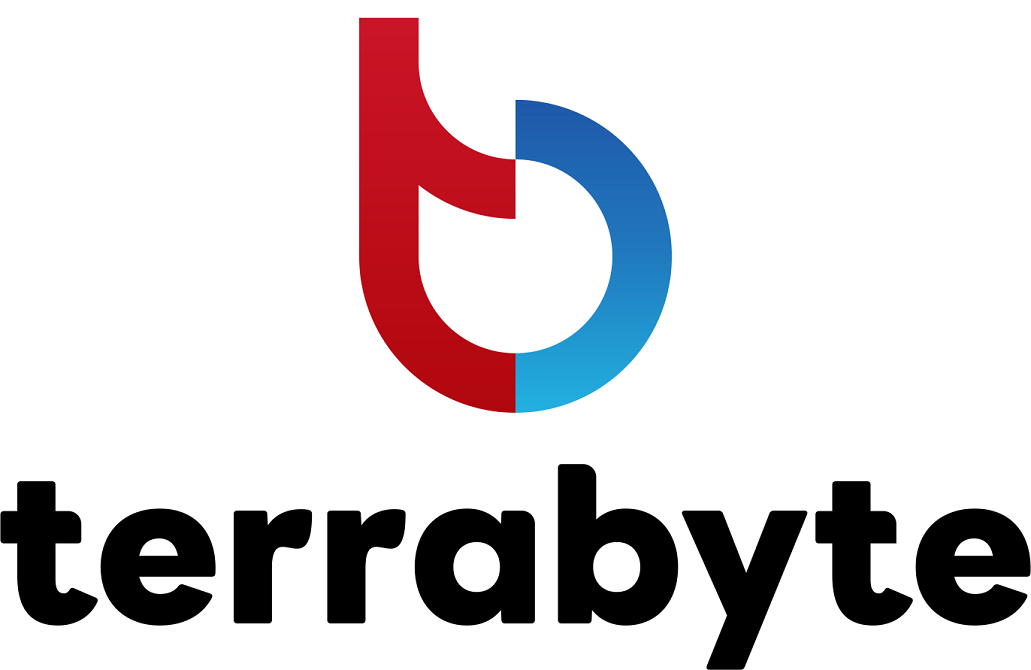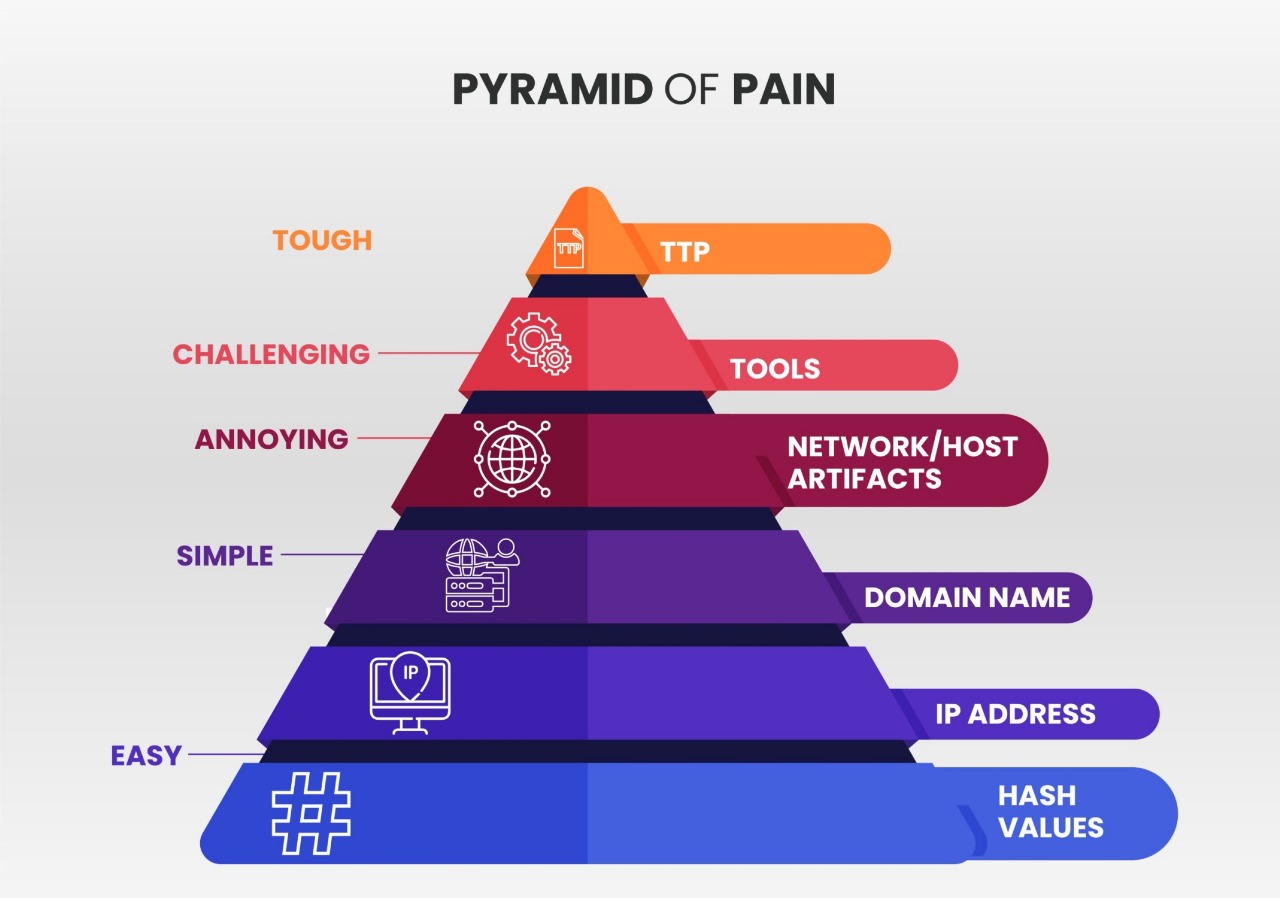In the realm of cybersecurity, cloud cryptomining has emerged as a significant threat to businesses and individuals using cloud services. This article provides an in-depth look at what cloud cryptomining is, how it occurs, and the measures you can take to prevent it. Finally, we’ll introduce Terrabyte as a trusted solution provider to help you safeguard your cloud infrastructure against such attacks.
What is Cloud Cryptomining?
Cloud cryptomining, also known as cryptojacking, involves the unauthorized use of someone else’s cloud computing resources to mine cryptocurrencies. Cryptocurrencies like Bitcoin and Ethereum require substantial computational power for mining, which entails solving complex mathematical problems to validate transactions and add them to the blockchain. Cybercriminals exploit vulnerabilities in cloud services to hijack computing resources for cryptomining, reaping the financial benefits without bearing the costs.
How Does Cloud Cryptomining Happen?
Cloud cryptomining can occur through various methods, including:
1. Compromised Credentials: Attackers gain access to cloud accounts using stolen or weak credentials. Once inside, they deploy cryptomining software to exploit the cloud infrastructure.
2. Exploiting Vulnerabilities: Cybercriminals exploit vulnerabilities in cloud services or applications. These vulnerabilities can exist due to outdated software, misconfigurations, or unpatched security flaws.
3. Malicious Scripts and Applications: Attackers inject malicious scripts or applications into cloud environments. These scripts run cryptomining operations without the user’s knowledge, consuming significant computational resources.
4. Phishing Attacks: Phishing emails trick users into clicking on malicious links or downloading infected attachments, leading to the installation of cryptomining software on cloud systems.
How to Prevent
Preventing cloud cryptomining requires a comprehensive approach that includes best practices in cybersecurity and the implementation of advanced security measures:
1. Strong Authentication Practices: Implement multi-factor authentication (MFA) to add an extra layer of security to your cloud accounts. Ensure that all passwords are strong and regularly updated.
2. Regular Security Audits: Conduct regular security audits and vulnerability assessments to identify and rectify potential weaknesses in your cloud infrastructure. Stay updated with the latest security patches and software updates.
3. Monitor and Analyze Traffic: Use advanced monitoring tools to analyze network traffic and detect unusual activities that could indicate cryptomining operations. Anomalies in resource usage can be a key indicator of unauthorized cryptomining.
4. Secure Configurations: Ensure that all cloud services are properly configured according to security best practices. This includes setting appropriate permissions, disabling unused services, and enforcing least privilege access.
5. Employee Training and Awareness: Educate employees about the risks of phishing attacks and the importance of cybersecurity practices. Regular training can help prevent inadvertent clicks on malicious links and downloads.
Terrabyte: Your Solution for Preventing Cloud Cryptomining
To effectively protect your cloud infrastructure from cryptomining attacks, partnering with a trusted expert is essential. Terrabyte as cybersecurity solutions offers comprehensive solutions tailored to safeguard your cloud environment against unauthorized cryptomining. Our services include advanced threat detection, continuous monitoring, and robust security configurations to ensure your cloud resources are secure. With Terrabyte, you can focus on your core business activities while we protect your cloud infrastructure from cryptomining threats.
Protect your cloud environment from cryptomining with Terrabyte’s expert solutions. Contact us today to learn more about how we can help you implement effective prevention strategies and maintain a secure cloud infrastructure.





